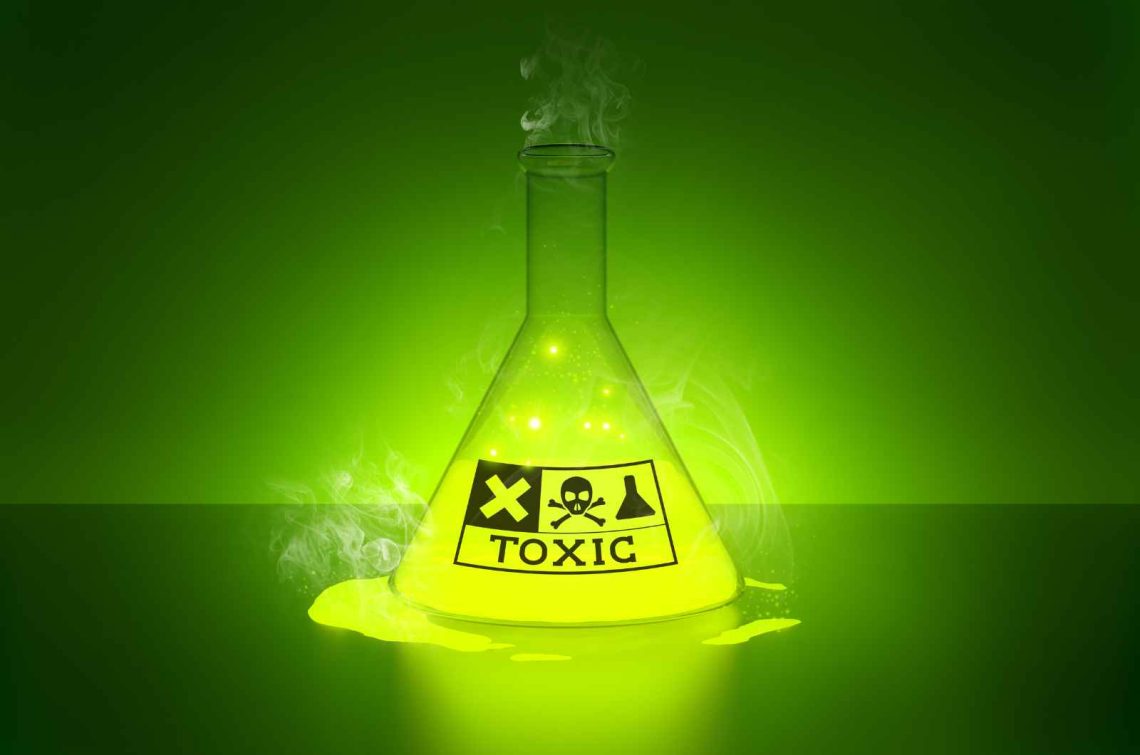
How Do Hepatotoxicity Assays Ensure Drug Safety?
?What Are Hepatotoxicity Assays
hepatotoxicity assays are tests used to evaluate the potential liver toxicity of substances, particularly pharmaceuticals. These assays help determine how a compound interacts with liver cells, identifying any harmful effects that might lead to liver damage. The liver is a critical organ responsible for metabolizing and detoxifying chemicals, making it essential to assess any potential risks new drugs might pose. By using hepatotoxicity assays, researchers can ensure that only safe, non-toxic compounds move forward in the drug development process, ultimately protecting public health and ensuring the safety of new medications.
?Why Are Hepatotoxicity Assays Important
Hepatotoxicity assays are crucial because they help ensure the safety of new drugs by assessing their potential to cause liver damage. The liver plays a vital role in metabolizing and detoxifying chemicals, so it's essential to ensure that new pharmaceuticals do not harm this critical organ.
Without these assays, the risk of drug-induced liver injury (DILI) would be significantly higher, posing a substantial threat to public health. By identifying hepatotoxic compounds early in the drug development process, these assays help protect patient health and reduce the financial risks associated with late-stage drug failures.
Also, hepatotoxicity assays provide valuable insights into the mechanisms behind drug-induced liver injuries, enabling researchers to modify compounds and reduce their hepatotoxic potential. This contributes not only to the safety of drugs but also to the advancement of medicinal chemistry by designing safer therapeutic agents.
?How Have Hepatotoxicity Assays Evolved Over Time
Hepatotoxicity assays have undergone significant advancements over the years. Initially, these tests relied heavily on basic in vitro methods, which involved using primary hepatocytes or liver-derived cell lines to identify potentially toxic substances. While these early assays provided critical initial screens, they often lacked the complexity needed to fully mimic liver function or predict in vivo responses.
Recognizing these limitations, researchers began to develop more sophisticated in vitro models, including 3D cultures and organ-on-a-chip technologies. These improvements allowed for better simulation of the liver's architecture and function, offering more predictive data on how a compound might behave in a living organism. The advancements in these models have made it possible to observe more detailed interactions between drugs and liver cells, providing insights into potential toxic effects.
Parallel to the in vitro advancements, in vivo models also evolved. Initially, simple rodent experiments were the norm. But, the field has progressed to include more complex and ethically considerate approaches, such as zebrafish larvae and humanized liver mouse models. These in vivo assays provide invaluable insights into how a substance is metabolized by the liver and its potential to cause harm in the human body. By integrating both in vitro and in vivo methods, researchers can achieve a more comprehensive understanding of a compound's hepatotoxic potential.
?How Does Da-Ta Biotech Contribute to Hepatotoxicity Testing
Da-Ta Biotech plays a pivotal role in advancing hepatotoxicity testing. By offering a range of cell-based assays, they help the pharmaceutical industry identify hepatotoxic compounds early in the drug development process. Utilizing human and rodent cell lines, Da-Ta Biotech provides comprehensive in-house testing capabilities. This approach ensures that your drug candidates are thoroughly evaluated for liver toxicity. Their team of R&D experts is dedicated to refining protocols and integrating the latest scientific findings. To learn more about their services, visit Da-Ta Biotech.

